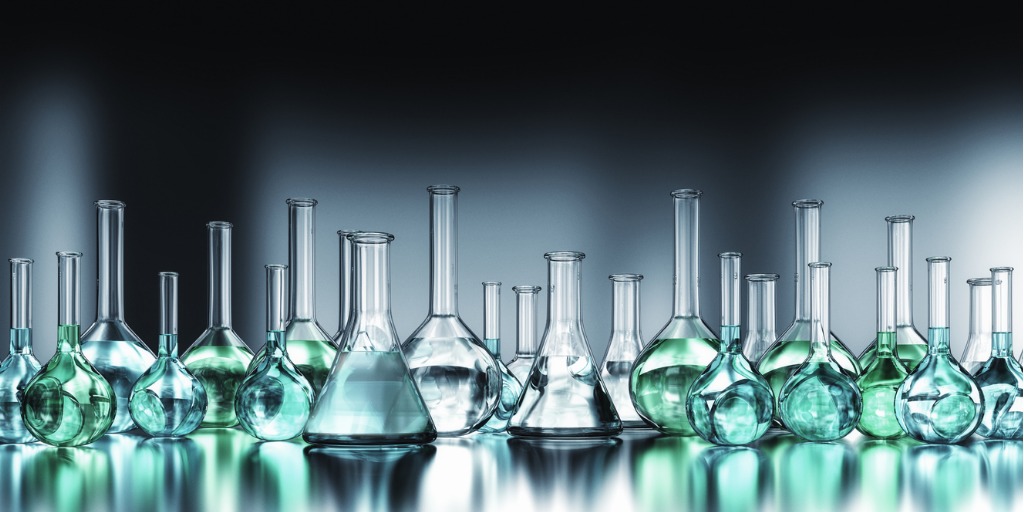This
information has been taken from various sources. Some manufacturers
may change the composition of their glasses or the published
information about them from time to time. Therefore, this
information can only be used as a guide. If the information about
strain, annealing, and softening points is important, contact the
manufacturer for the most accurate information.
The
temperature information is given in Celsius.
Strain
point – the temperature below which no annealing can be done.
Annealing
point – the temperature at which the equalisation soak should be
done before the annealing cool.
Softening
point – the temperature at which slumping can most quickly occur.
Armstrong
– Now made by Kokomo
Typical
Borosilicate – nominal CoE 32
Strain
point – 510 - 535C / 951 - 996F
Annealing
point – ca. 560C/1041F
Softening point - ca. 820C/1509F
Blackwood
OZ Lead – nominal CoE 92
Annealing
point - 440C/825F
Blenko
– nominal CoE 110
Annealing
point – 495C/924F
Bullseye
– nominal CoE 90
Transparents
Strain
point - 493C/920F
Annealing
point - (532C) Note that Bullseye has changed this to 482C/900F for thick
items
Softening
point - 677C/1252F
Opalescents
Strain
point - 463C/866F
Annealing
point – (501C) Note that Bullseye has changed this to 482C900F for thick
items
Softening
point - 688C/1272F
Gold
Bearing
Strain
point - 438C/821F
Annealing
point - (472) Note that Bullseye has changed this to 482C/900F for thick
items
Softening
point - 638C/1182F
Chicago
– nominal CoE 92
Desag Note that this glass is no longer produced
Artista
– nominal CoE 94
Strain
point – 480 - 510C / 897 - 951F
Annealing
point – 515 - 535C / 960 - 996F
Softening
point – 705 – 735C / 1302 - 1356F
Fusing
range – 805 – 835C / 1482 - 1537
Float Glass (Pilkington UK)
Optiwhite
Strain point – 525 - 530C / 978 - 987F
Annealing point – 559C/1039F
Softening point – 725C/1338F
Optifloat
Strain point – 525 - 530C / 978 - 987F
Annealing point – 548C/1019F
Softening point – 725C/1338F
Float
Glass (typical for USA) nominal
CoE 83
Strain
point - 511C/953F
Annealing
point - 548C/1019F
Softening
point – 715C/1320F
Float
Glass (typical for Australia)
nominal CoE 84
Strain
point - 505-525C / 942 - 978F
Annealing
point – 540 -560C / 1005 - 1041F
HiGlass
“GIN” range – nominal CoE 90
Annealing
point - 535C/996F
Gaffer
colour rod – nominal CoE 88
Gaffer
NZ Lead – nominal CoE 92
Annealing
point - 440C/825F
HiGlass
Annealing
point - 495C/924F
Kokomo
– nominal CoE 92 - 94
Cathedrals
Strain
point - 467C/873F
Annealing
point - 507C/946F
Softening
point - ca. 565C/ca.1050F
Opal
Dense
Strain
point - 445C/834F
Annealing
point - 477C/891F
Softening
point – ca. 565C/1050F
Opal
Medium
Strain
point - 455C/834F
Annealing
point - 490C/915F
Softening
point – ca.565C/1050F
Opal
Medium Light
Strain
point - 461C/863F
Annealing
point - 499C/931F
Softening
point – ca.565C/1050F
Opal
Light
Strain
point - 464C868F
Annealing
point - 502C/937F
Softening
point – ca.565C/1050F
Kugler
Clear – nominal CoE 96 +/- 2 (94-98)
softening point: - 694C/1281F
Annealing point: - 508C/946F
Strain point: - 485C/904F
Colours - nominal CoE 96 +/- 4 (92-100)
Annealing
point: - 500C/932F
Strain point: - 460C-500C/860 -879F
Typical
lead glass – nominal CoE 91
Lenox
Lead – nominal CoE 94
Annealing
point – 440C/825F
Merry
Go Round – nominal CoE 92
Moretti/Effetre
– nominal CoE 104
Strain
Point: 448C/839F
Annealing
Range: 493C – 498C / 920F - 929F
Softening
Point: 565C/1050F
Pemco
Pb83 – nominal CoE 108
Annealing
point – 415C/780F
Reichenbach -
nominal CoE 96 +/-2 (94 -98)
Annealing range; - 470C-530F/878F-986F; Ave 510C/950F
nominal CoE 104 no further information at present.
Schott
Borosilicate (8330) nominal CoE
32
Annealing
point - 530C/987F
Schott
“F2” Lead – nominal CoE 92
Annealing
point - 440C/825F
Schott
“H” & “R6” rods - nominal CoE 90
Annealing
point – 530C/987F
Schott
“W” colour rod – nominal CoE 98
St
Just
MNA
Strain
point - ca.450C/843F
Annealing
point – ca. 532C/ca. 991F
Spectrum
System
96 – nominal CoE 96
Transparents
Strain
point – 476C +/- 6C / 890F +/- 11F
Annealing
point – 513 +/- 6C / 956C +/- 11F
Softening
point – 680 +/- 6C / 1257F +/- 11F
Opalescents
Annealing
point – 505 -515C / 942 - 960F
Spruce
Pine 87 – nominal CoE 96
Annealing
point – 480C/897F
Uroboros
system 96 – nominal CoE 96
Transparents
Strain
point - 481C/899F
Annealing
point - 517C/964F
Opalescents
Strain point - 457C/855F
Annealing point - 501C/935F
Uroboros
- nominal CoE 90
Transparents
Strain
point - 488C/911F
Annealing
point - 525C/978F
Opalescents
Strain
point - 468C/875F
Annealing
point - 512C/955C
Wasser
- nominal CoE 89
Annealing
point – 490C/915F
Wissmach
Wissmach 90
Annealing point - 483C/900F
Softening point - 688C/1272F
Full Fuse - 777+
Wissmach 96
Annealing point - 483C/900F
Softening point - 688C/1272F
Full Fuse - 777+ / 1432+




